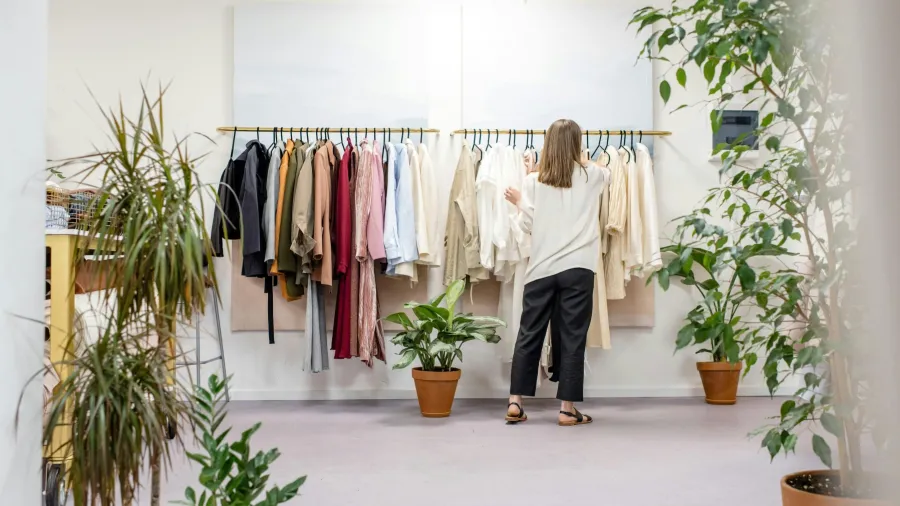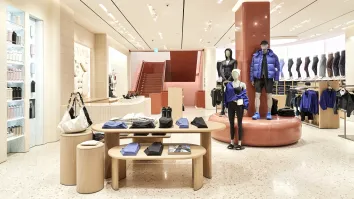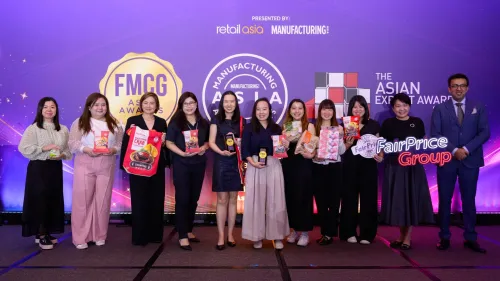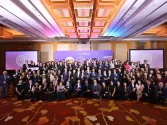
Fashion industry’s sustainability efforts stalled by affordability
Economic pressures keep most shoppers prioritising cost over sustainability.
As global leaders convene at COP29 to tackle pressing climate issues, the fashion industry’s impact on environmental degradation and social inequality has taken center stage.
Despite growing awareness, affordability remains a key barrier to sustainable transformation, according to Euromonitor International.
The fashion sector, one of the world’s largest polluters, contributes significantly to climate change, water pollution, and ecosystem degradation.
“Sustainable fashion requires investing in high-quality materials, fair pay and strong labour practices throughout the supply chain, along with eco-friendly energy sources," Marguerite Le Rolland, head of footwear and apparel at Euromonitor International, highlights the challenges.
"These factors create growth opportunities but also lead to higher production costs, resulting in a pricing gap that make it difficult for consumers to choose sustainable fashion over more affordable alternatives," she added.
Economic pressures keep most shoppers prioritising cost over sustainability. A 2024 Euromonitor survey found only 26% of consumers prefer repairing items over buying new ones. For many, value for money and low prices still outweigh environmental concerns.
Some brands are addressing this by emphasising durability and resale value, but progress is slow.
The report said generative AI could help streamline supply chains and improve sustainability in the fashion industry. "However, companies must also anticipate changing regulations around AI governance," said Le Rolland.
“As regulations, consumer demands and technology evolve, collaboration among market players, manufacturers, policymakers, and tech developers will be essential to unlock the full potential of AI in advancing sustainability and circularity," he added.

















 Advertise
Advertise






